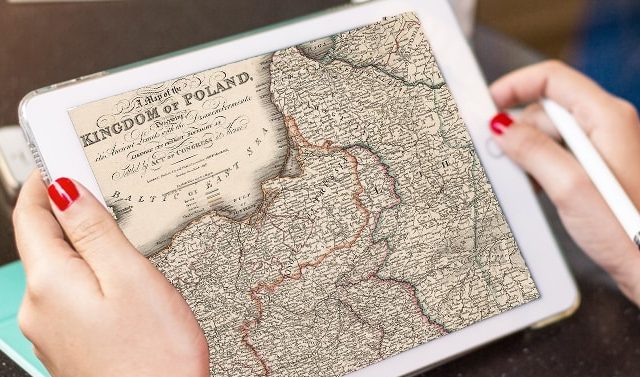Sign up for the Family Tree Newsletter! Plus, you’ll receive our 10 Essential Genealogy Research Forms PDF as a special thank you.
Get Your Free Genealogy Forms
"*" indicates required fields
Genealogy and history go hand in hand. If you want to be successful in tracing your Polish, Czech or Slovak roots, brush up on the history of these countries (and of Eastern Europe in general) to better understand records from the old country and learn about your ancestors’ lives. Check out these five key dates in Eastern European history:
-
- 1772, 1792 and 1795: In the Three Partitions of Poland, Russia, Prussia and Austria break Poland into three pieces and absorb them. This effectively wipes Poland off the map for more than one hundred years, making research between these years and Poland’s independence after World War I difficult.
-
- 1815: The Congress of Vienna redraws many of Europe’s borders, including Napoleon’s Duchy of Warsaw. Many of these borders won’t change until the end of World War I and likely reflect the divisions of Europe that were in place when your ancestor left the old country.
-
- 1867: The Austrian and Hungarian governments form a dual monarchy, sharing a common ruler. As a result, your Polish, Czech and Slovak ancestors may list Austria and/or Hungary as a birthplace.
- 1918: World War I ends, and Europe’s borders are redrawn, with many of Eastern Europe’s ethnic groups receiving independent nation-states. Poland gains independence for the since time since the Partitions, and the defeated Austria-Hungary is divided into Czechoslovakia, Yugoslavia, Galicia (which goes to Poland), and Transylvania (which goes to Romania). These changes may change how your immigrant ancestor chose to list his information on passenger lists and other North American records. See the picture above for a snapshot of Eastern Europe’s borders in 1922 following the changes.
- 1945: World War II ends, and Eastern Europe’s population is devastated. Borders—especially Poland’s—change yet again following the war, with Ukraine gaining Subcarpathian Rus’ and Poland losing territory in the east to the Soviet Union but gaining formerly German territory in the west.




